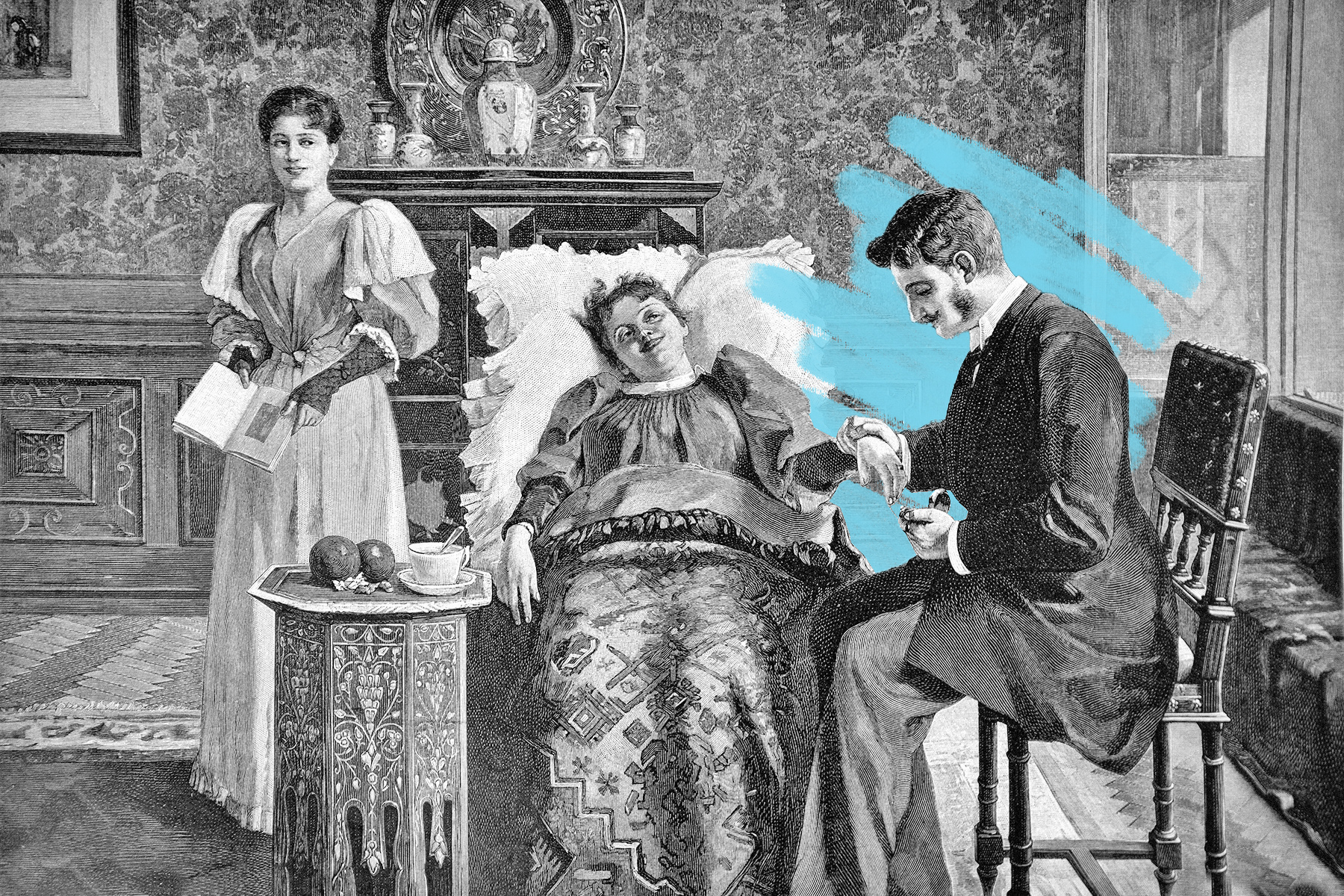Doctors dressed in black until the late 1800s.
Visually, there’s nothing that screams “doctor” more than a white coat. Even as some physicians eschew the garment for attire that’s a little more personal, the symbolism remains; many medical schools even have “white coat ceremonies” for their incoming students. Before the late 19th century, however, doctors wore solemn, formal black attire, both communicating the seriousness of their work and, possibly, because they were so often working with the dying. Being a doctor didn’t hold the same association with science as it does today, either: A medical degree was pretty easy to come by, and patent medicine scams were rampant.
In the middle of the 19th century, the idea that germs caused disease — something taken for granted now — started to take hold, which ushered in a new era in medicine. White lab coats emerged right along with it, a symbol of cleanliness, scientific rigor, and saving lives. Surgeons were the first to wear them starting in the late 1800s, and then other doctors in hospitals followed suit. Eventually, the attire reached private practice. It became an easy way to distinguish doctors practicing science-based medicine from those just selling snake oil, and white coats were the standard uniform by 1915, not too long after American medical schools underwent major reforms and the federal government started regulating drug claims. Ironically, the spread of germs is now leading people to ditch the white coat, since the cuffs of long-sleeved jackets can accumulate pathogens — so don’t be surprised if the next time you see your doctor, they’re in scrubs and a vest instead.







